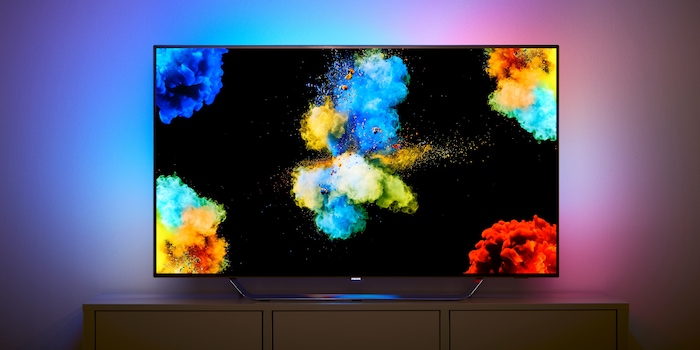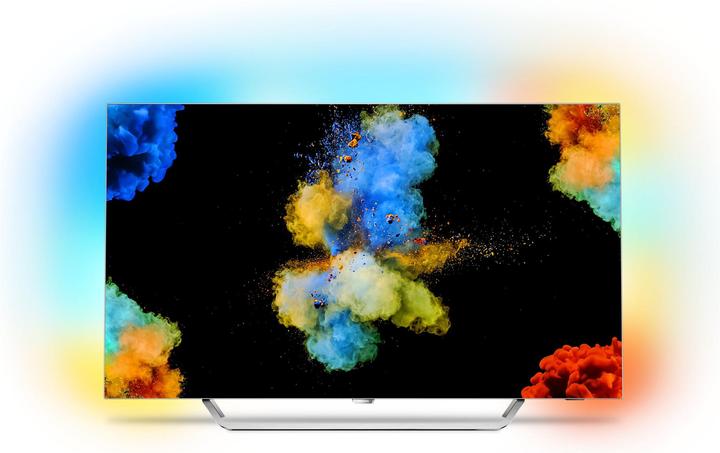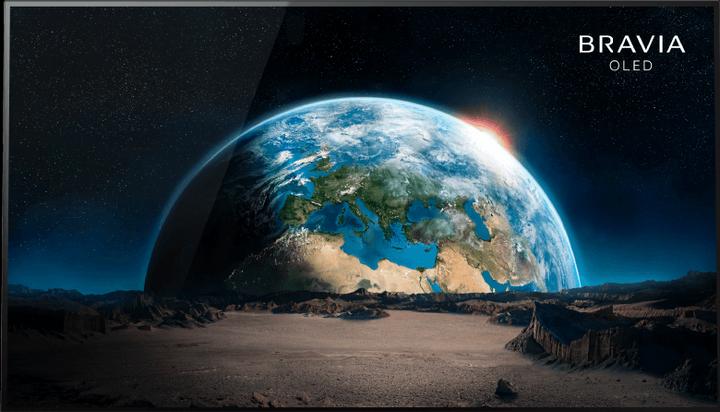

What’s so much better about OLED TVs?
Finally, the technology of the future has arrived! They might not be cheap and numerous, but at least they’re on the market. But what’s so much better about OLED TVs?
For about the last ten years, OLED had been named as the future of TV technology. OLED screens might have been on display at exhibitions and trade shows such as IFA every year, but they were only prototypes. Testing the first OLED TV that was launched was a rather sobering experience: It had the size of a laptop, cost a fortune and got really hot. Even then, manufacturers announced the arrival of larger OLEDs, but they were never launched.
Eventually, they got there; manufacturers managed to produce large, genuine, affordable (depending on your budget) OLED TVs. I still find it hard to believe.
What exactly is OLED?
LED stands for light emitting diode. OLEDs are organic LEDs; light-emitting diodes that are made of carbon compounds. You might think it doesn’t matter what the diodes are made of. But it does.
There’s once major difference between LED and OLED: With OLED, the pixels themselves are light-emitting diodes. This means they light up in a certain colour, or they don’t light up if they’re displaying the colour black. LED, on the other hand, stands for the backlighting of an LCD screen. LCD pixels don’t emit their own light.
The difference can best be seen in the contrast the TVs achieve. With OLED, a black pixel is absolutely black. With LCD, a black pixel covers the backlighting, so it looks dark, but there’s still a tiny bit of light shining through. This restricts the contrast level.
The new term QLED has added to the confusion: QLED is an evolution of LED light, but also works with LCD pixels that don’t emit light themselves. With QLED, quantum dot films are employed between the LED backlight and the LCD panels, taking blue light and splitting it into red and green light (which there usually isn’t enough of). This results in brighter, more vibrant and more diverse colours.
Advantages and disadvantages
The greatest advantage of OLED is that is produces excellent contrasts. Also, as no backlighting is required, OLED screens can be made even thinner: 3-4 mm. Such a thin screen can’t fit cable connections and loudspeakers, so most manufacturers build these into the stand or the wall mount.
One of the disadvantages that’s mentioned regarding OLED TVs is that they’re not as long-lasting others. However, this shouldn’t be an issue: An OLED TV has an operating life of 20,000 hours, so if you use it for two hours a day, it will last for 27 years.
The only real disadvantage – besides the price – is that OLEDs are slightly less bright than LCDs, which matters most when you’re watching the TV at daylight.
My interest in IT and writing landed me in tech journalism early on (2000). I want to know how we can use technology without being used. Outside of the office, I’m a keen musician who makes up for lacking talent with excessive enthusiasm.
Interesting facts about products, behind-the-scenes looks at manufacturers and deep-dives on interesting people.
Show all


